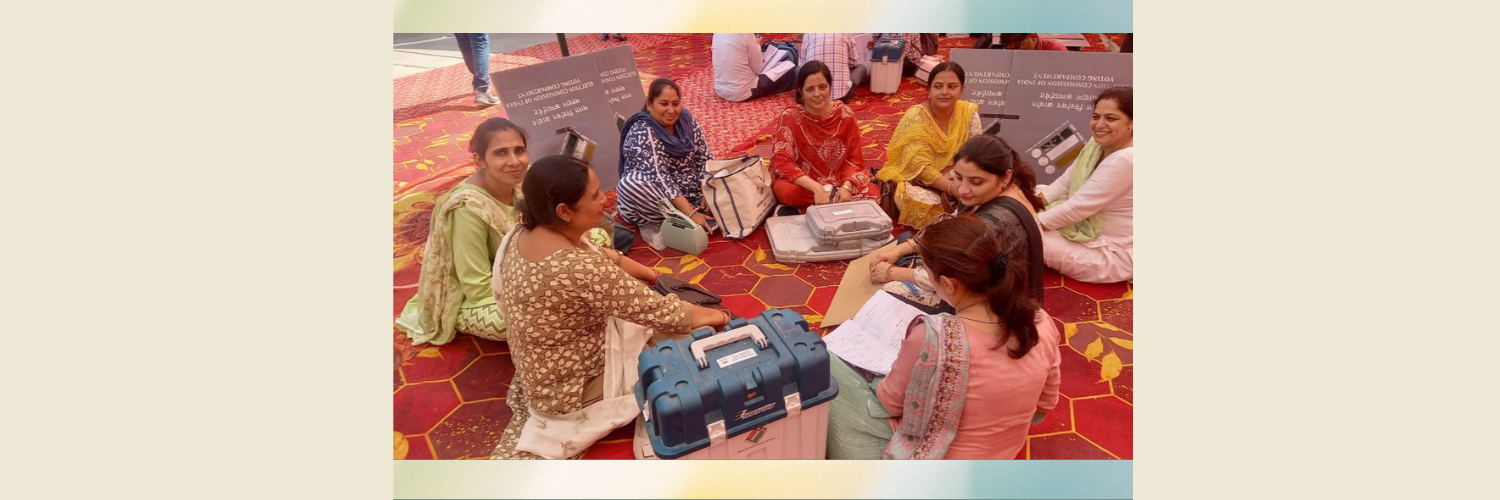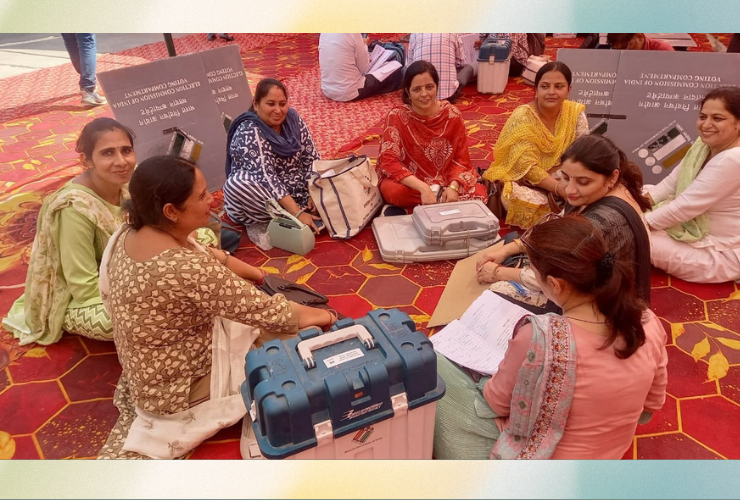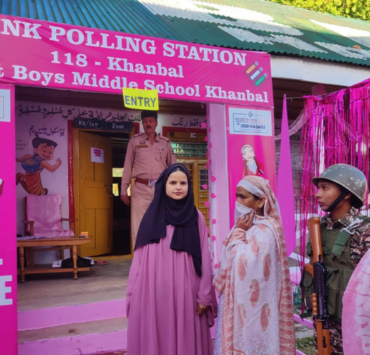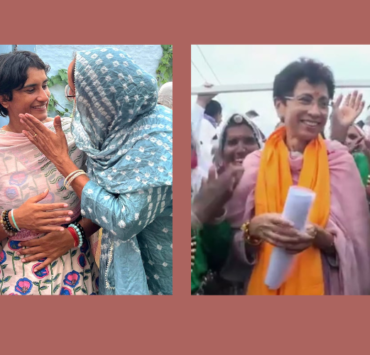
By Romita Saluja

Much has been written about Haryana’s skewed sex ratio, in the general population as well as in the legislative assembly. As expected, there aren’t too many women contesting the Vidhan Sabha elections on October 5. The prominent parties or coalitions have fielded an average of 10 women each for the 90-member assembly.
Most of these women come from powerful political families. As they themselves say in their rallies and media campaigns, they are the daughters and granddaughters of great political leaders.
Nine years ago, Haryana, known for its gender disparities, seemed like the natural choice for Prime Minister Narendra Modi to launch his government’s Beti Bachao, Beti Padhao campaign. Perhaps the slogan should now be changed to: Beti Bachao, Beti Padhao, Beti ko Vote Karao.
Thousands of young women in this northern state will not be voting. Not only are they missing from the voters’ list, they are largely absent in the election media coverage in the state, where few publications have written about the issue.
There are over 3.4 lakh registered male voters in the 18-19 year category in Haryana this year, whereas only some 1.7 lakh women of this age group have registered to vote. In other words, the sex ratio among voters in this state is worse than the already skewed sex ratio of 933 females: 1,000 males. The next age category of 20-29 shows a similar trend, although the proportion of female to male voters rises in the older age groups.
One of the primary reasons for this situation is that families feel it is unnecessary to get their daughters registered as they are going to get married anyway. The mindset is that a girl child is “someone else’s asset,” so she will be enrolled as a voter by her in-laws, Jagmati Sangwan, vice-president of the All India Democratic Women’s Association, told The Print. Another possible reason is the fear of violence during elections; protective families do not want their young daughters to be out there during conflict.
However, there must be other reasons why even older women in Haryana are missing from the voters’ lists. In October 2023, the government of Haryana, recognising the need to increase the turnout of women voters, announced incentives like laptops and smart phones for first-time women voters. Some of the women who won the awards turned out to be over 40. Clearly there is a need to get older women into the electoral process.
Invisibility of transgender people in the electoral process: Another fact that has received little coverage in the local media is that only 467 people have registered in the Third Gender category. In the 2011 population census, 8,422 people identified as transgender – and presumably most of them would be of voting age — in Haryana out of a population of over 2.5 crore.
Of these registered voters how many will actually cast their votes?
During the Lok Sabha elections earlier this year, just 18% of the registered transgender voters turned up at the election booths in Haryana – lower than the already low all-India average of 27%.
Many trans people continue to face the same old struggle to get a voter ID, despite government initiatives such as setting up enrolment camps specifically directed at enrolling eligible voters from the trans community. In order to register to vote as a transgender person, they must change their gender identities on their AADHAR card, which can be an exhausting process that includes sending paperwork to their parental house. The other option, to vote using their older identities, is (naturally) unacceptable to many.
“It’s traumatic for me to go through the process of getting a voter ID card … and to vote as a man is difficult,” Anjal Siroya, a trans person and activist, told Context. Besides, for many people from the community, survival takes precedence while setting up political priorities. Siroya explained: “For someone who is socially marginalised … their politics revolve around securing food, a sustainable life, and survival. The right to vote is a later priority.”
Another factor keeping gender minorities away from voting is the fear of discrimination and harassment at the polls. This can exacerbate the condition of someone already going through gender dysphoria or depression, activist Shaine Soni said to Context.
So while political parties and the government claim to have empowered women and set the gender equation right, we need to remind them of these two very important categories of missing people. Clearly, sexual minorities and women still face bureaucratic and social hurdles to exercise their franchise.
Romita Saluja is an independent journalist covering gender, development, labour, migration, health, and human rights. Her writing has appeared in The Guardian, Foreign Policy, The Washington Post, BBC, Al Jazeera, Undark Magazine, South China Morning Post, and others.
Edited by Sandhya Srinivasan




